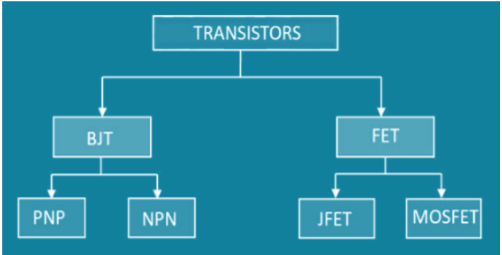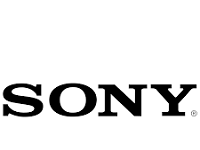A Transistor is a semiconductor device which is used to amplify or switch electronic signals and electrical power. There are various types of transistors like BJT & FET.
So, let us know more about transistors.
Transistor is an acronym of two terms: “transfer-of-resistor.”
Thus, it is called Transistor.
In other words, the internal resistance of transistor transfers from one value to other values depending on the biasing voltage applied to the transistor.
Difference between BJT & FET
| Bipolar junction transistor (BJT) | Field effect transistor (FET) |
| 1. It is a bipolar device. | 1. It is uni-polar device. |
| 2.In this type of transistor the operation is dependent on both of the charge carriers. | 2.In FET the operation performed is due to majority of carriers it may be either electrons or holes. |
| 3.This device is current controlled. | 3. This device is voltage controlled. |
| 4. Consumption of power is more. | 4. Consumption of power is less. |
| 5. The offset voltage is required. | 5. The offset voltage is not required. |
Bipolar junction transistor (BJT)
- A bipolar junction transistor (BJT) is a three terminal device that uses both charge carriers.
- It includes PN diodes linked back-to-back, producing three connecting terminals called the Emitter (E), the Base (B) and the Collector (C).
- For example, BJT can be used as an amplifier (analog electronics) and logic switches (digital electronics).
Types of BJT
1. In NPN transistor a thin layer of P-type semiconductor is sandwiched between two layers of N-type semiconductor.
2. Similarly, in PNP transistor a thin layer of N-type semiconductor is sandwiched between two layers of P type semiconductor.

- Since a PNP transistor works more or less the opposite of an NPN, it can be used where negative voltages are involved.
- For example, amplifying an AC signal for driving a speaker.
- Also, ICs are used everyday which are build up of transistors.
- In short, the only difference between the NPN and PNP transistor is in the direction of the current.
Also read about >> Integrated Circuit
As well as >> Quantum Computing





